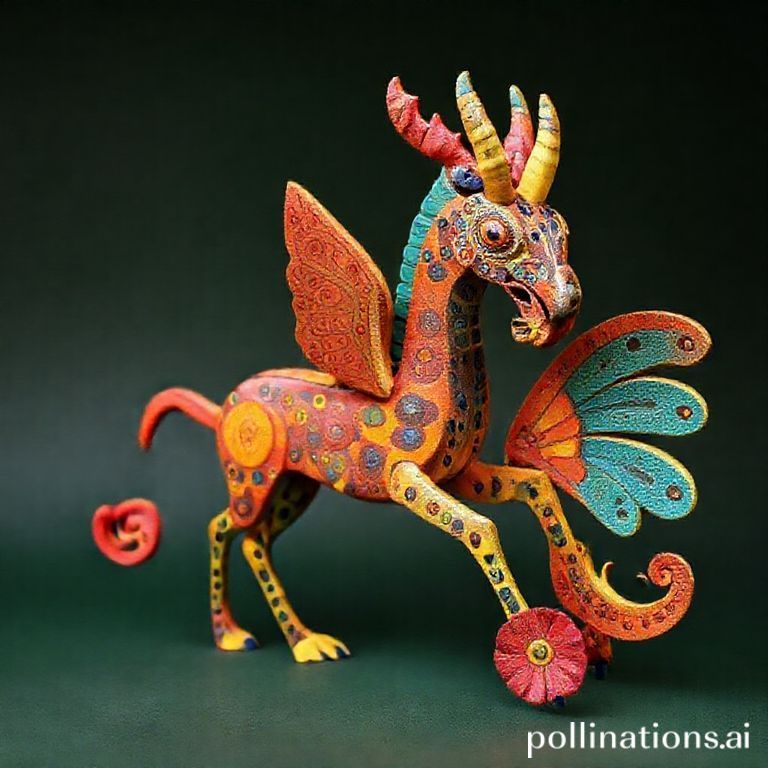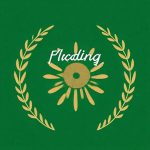Alebrijes are more than just colorful sculptures; they are vibrant manifestations of Mexican folklore and artistic expression. These whimsical creatures, often a fusion of different animals, burst with intricate patterns and dazzling colors, captivating the hearts of art enthusiasts worldwide. But have you ever wondered how these magical beings come to life? The journey from a piece of copal wood to a finished alebrije is a fascinating blend of skill, tradition, and boundless imagination.
The art of crafting alebrijes is deeply rooted in Mexican culture, particularly in the state of Oaxaca. Passed down through generations, the process is a testament to the dedication and artistry of the local artisans. From selecting the perfect piece of wood to meticulously painting each detail, every step is imbued with passion and respect for this unique art form.
The Heart of the Alebrije: Copal Wood
The foundation of every alebrije lies in the wood used to carve it, and copal wood is the preferred choice. This type of wood is native to the region and is prized for its soft texture, making it ideal for carving intricate shapes. The process begins with the artisan carefully selecting a piece of copal wood, often guided by the wood’s natural form, which may inspire the creature it will become. The connection between the artisan and the wood is a crucial element in the creation of an authentic alebrije.
Harvesting and Preparation
- Sustainable Harvesting: Responsible artisans ensure the sustainable harvesting of copal wood, understanding the importance of preserving the environment for future generations.
- Drying Process: Once harvested, the wood needs to be dried properly to prevent cracking and warping. This process can take several months, ensuring the wood is ready for carving.
Carving the Dream: Shaping the Alebrije
With the prepared copal wood in hand, the artisan begins the meticulous process of carving. Using a variety of hand tools, such as machetes, chisels, and gouges, they slowly bring the alebrije to life. This stage requires incredible skill, patience, and a deep understanding of the wood’s grain. Each cut is carefully considered, shaping the creature’s form and features.
The Fusion of Animals
- Imagination Unleashed: Alebrijes are not just representations of real animals; they are often a fantastical combination of different creatures. A lion with eagle wings, a lizard with a dog’s head – the possibilities are endless.
- Symbolism and Meaning: The choice of animals and their combination often holds symbolic meaning, reflecting the artisan’s personal beliefs, cultural influences, or simply a playful expression of creativity.
A Riot of Color: Painting the Alebrije
Once the carving is complete, the alebrije undergoes a transformation through the application of vibrant colors and intricate patterns. This is where the alebrije truly comes to life, showcasing the artisan’s unique style and artistic flair. The painting process often involves layering different colors and patterns, creating a mesmerizing effect that captures the viewer’s attention.
Techniques and Materials
- Hand-Painted Details: Each alebrije is meticulously hand-painted, using fine brushes to create intricate designs and patterns. This painstaking process can take days or even weeks to complete, depending on the complexity of the design.
- Acrylic Paints: Acrylic paints are commonly used for their vibrant colors, durability, and ability to adhere to the wood surface. The artisans often mix their own colors to achieve the perfect shade and tone.
- Symbolic Patterns: The patterns used on alebrijes often hold cultural significance, drawing inspiration from traditional Mexican art, textiles, and folklore. Geometric shapes, floral motifs, and animal representations are common elements.
Protecting the Art: Sealing and Finishing
The final step in the alebrije-making process is sealing and finishing the sculpture. This involves applying a protective coating to the painted surface, which helps to preserve the colors and protect the alebrije from damage. A clear varnish or sealant is typically used, giving the alebrije a glossy finish that enhances its visual appeal.
Conclusion
The creation of an alebrije is a labor of love, a testament to the rich cultural heritage of Mexico. From the careful selection of copal wood to the intricate carving and vibrant painting, each step is infused with the artisan’s passion and creativity. These whimsical creatures are not just beautiful objects; they are powerful symbols of imagination, tradition, and the enduring spirit of Mexican art.
If you found this journey into the world of alebrijes fascinating, share it with your friends and explore other captivating art forms on Life in Mexico!
IMAGE: A close-up photograph capturing the hands of a skilled Oaxacan artisan meticulously painting an alebrije. The alebrije is partially finished, revealing intricate patterns and vibrant colors like turquoise, magenta, and gold. The background is a blurred workshop filled with other alebrije sculptures and tools. The lighting is soft and natural, highlighting the artisan’s focus and the beauty of the artwork. The overall mood is peaceful, artistic, and culturally rich. Style: Documentary photography with an emphasis on capturing the detail and artistry.


